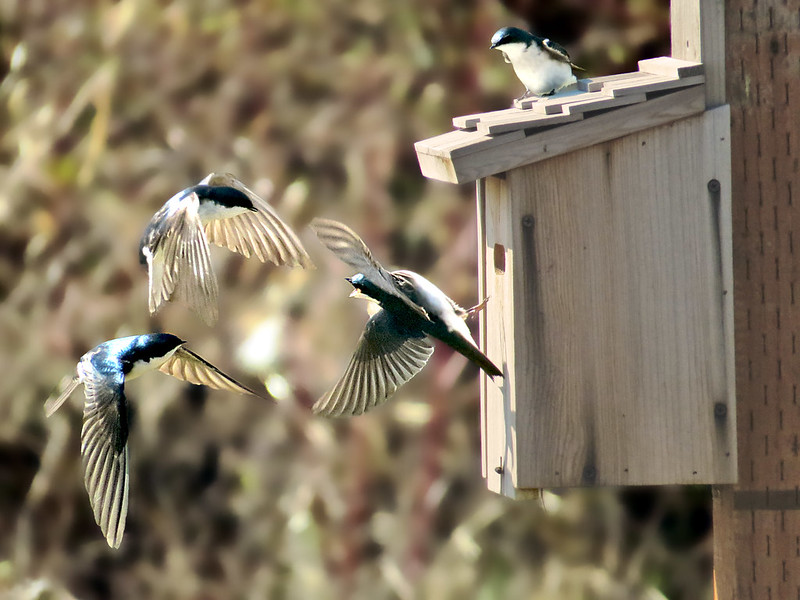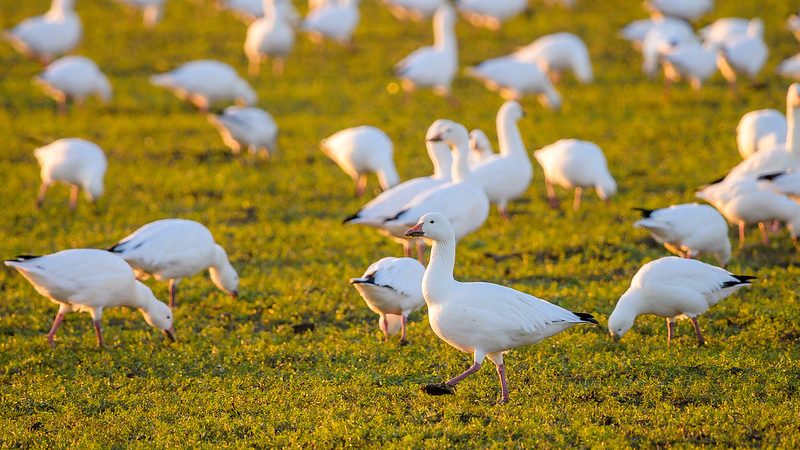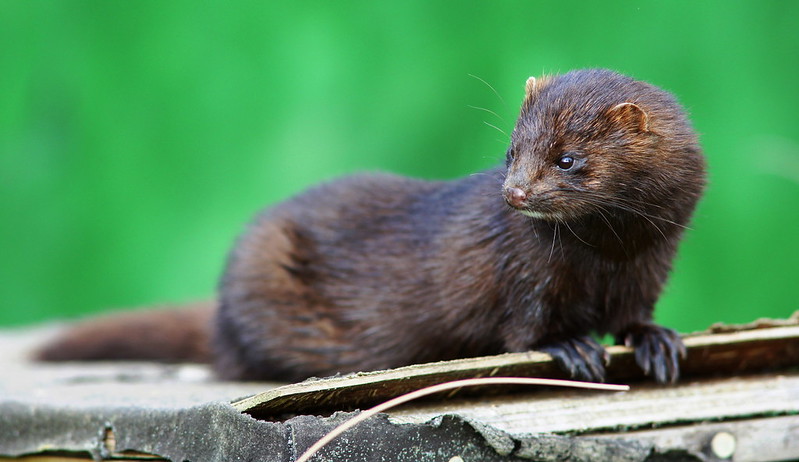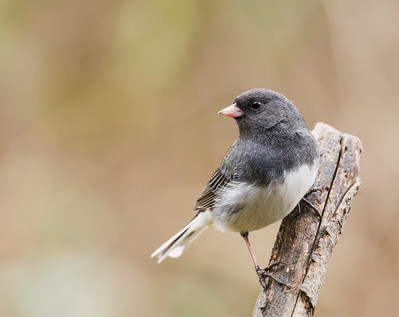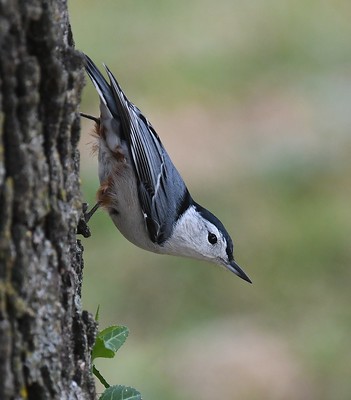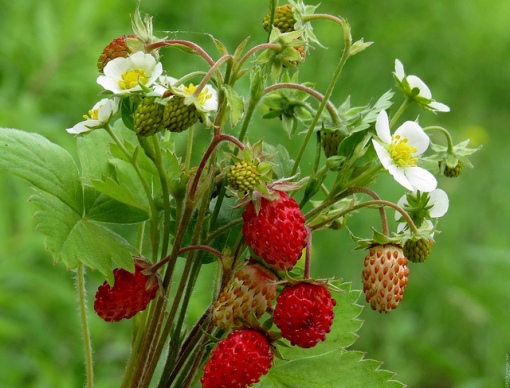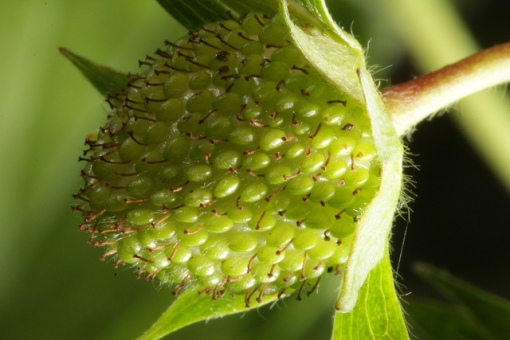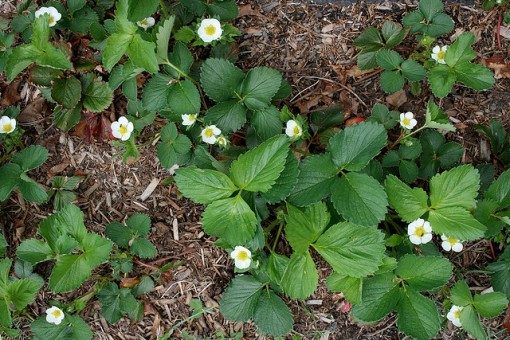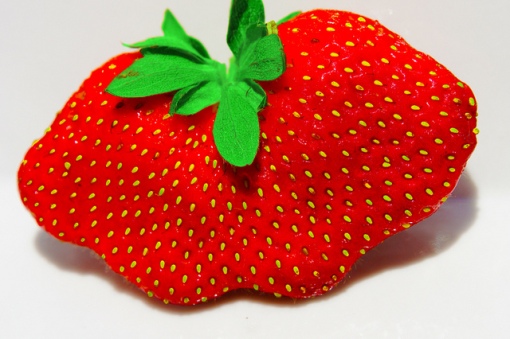
This post is dedicated to my Dad, who was this blog’s biggest fan. We miss you, Dad.
Amelia: Mom told me she saw a Yellow-headed Blackbird in this urban pond with her birding group. I’m desperate to see one before I head back to Ontario…
Yellow-headed Blackbird: Skwee-awk!
A: Um…what was that? Is there a rusty gate opening somewhere?
YHB: Jeez, you don’t know good music when you hear it! That song netted me six mates this season.
A: Okay, we’ll agree to disagree on that one. Where are you exactly? I can’t see you.
YHB: That’s because I’m in the reeds in the dead centre of the marsh. Where the winners are. It’s not my fault you’re on the shore with the loser Red-winged Blackbirds!
A: Woah, what’s with the attitude? I’m just trying to see a Yellow-headed Blackbird before I catch my plane. Is that too much to ask? And by the way, I think the Red-winged Blackbirds sing WAY better than you do!
YHB: Okay, that’s it- I’m coming out there. Don’t say I didn’t warn you!
A: Ha, I’m not intimidated by a bird! Oh…wow. Your head is REALLY yellow, isn’t it?
YHB: Works every time. You’d think the name would tip you off, but for some reason humans are always dazzled by our beauty. Even my scientific name, Xanthocephalos xanthocephalos, literally means “yellow head, yellow head”. It’s like the person who named me couldn’t get over how yellow my head is.
A: Yeah, we usually try to be more creative than that with our scientific names. Why do you like living in the centre of the marsh anyway?
YHB: Two words: deep water.
A: And the advantage of deep water is…?
YHB: Not only are there more delicious insects there, but the dense rushes and cattails make it easier to hide my yellow beacon of a head from predators. Deeper water also keeps our nests safe from skunks, foxes, and raccoons who’d rather not swim for their supper.
A: Wait, you mean you purposely build your nests right over deep water? Isn’t that a little…foolhardy?
YHB: Are you worried that the babies will fall in? I mean, it does happen sometimes, but I don’t worry too much- it’s a short swim to the next patch of vegetation. And really, with 6-8 nests on the go in my territory that with 2-5 eggs each, I don’t get too choked up about losing a few nestlings.
A: Um, that’s a callous yet statistically sound outlook, I suppose.
YHB: Darn straight. I have to keep my eye on what’s important. Like getting the best territory so I can attract the best females and have the best babies. Because it’s all about being the best.
A: Well, it seems like your priorities are crystal clear. How do you go about getting the best territory?
YHB: By kicking out the Red-winged Blackbirds who arrived earlier that spring, of course. The early bird doesn’t always get the worm!
A: I’m getting the distinct impression that you’re just a big bully.
YHB: Can I help it if I’m the larger, more dominant Black-bird? I’m only doing what nature intended and making life better for my mates and my offspring. Is that indefensible?
A: When you put it that way, it’s hard to argue. Are you this aggressive with your fellow male Yellow-headed Blackbirds?
YHB: Nah, they’re my buddies! Sure, I want them to stay out of my territory, but I also like having them close by. Like, really close. One summer we had a 4.5 square metre area of the marsh with 5 males and 30 nests! That was radical.
A: I suppose there were females there too, right?
YHB: Oh, yeah, of course. Can’t forget about them.
A: Well, obviously you just did forget them. Am I right to assume that the females do all the work of nest building and raising the chicks while you crow away with your “buddies?”
YHB: Hey, don’t minimize my role! I do a lot of important work defending those nests from predators. And I do help feed the babies… at least those of the first female who nests in my territory. She deserves a gold star, you know?
A: Right, someone should give you a medal!
YHB: Definitely! I’m glad you see it my way.
A: Ugh, you’re impossible! If the females are building nests over water, how do they make sure the babies stay inside?
YHB: I have to hand it to them, the females are master builders. They take long, wet strands of vegetation and weave them around a few cattails or bull rushes. When the strands dry, they shrink and stick fast to the supporting reeds.
A: Okay, that is pretty clever.
YHB: Oh, I almost forgot! I also defend the nests against the fierce and ferocious…marsh wren!
A: Marsh wren? Isn’t that a cute little bird half your size? Why on earth would you have to defend your nests against a marsh wren?
YHB: If given half the chance, those little monsters will crack open a nest eggs or peck our nestlings to death! They think that by killing our babies they can chase us out of our prime territory and claim it for themselves! How awful is that?
A: Sounds to me like the bully doesn’t much like getting bullied himself!
YHB: Okay, this is an entirely different situation. And the marsh wrens also attack the nests of your precious Red-winged Blackbirds, by the way. I’m doing us all of us a favor by chasing them away.
A: If you say so. Say, how come I’ve never seen Yellow-headed Blackbirds in Ontario?
YHB: It’s just not our neck of the woods. In the breeding season, we prefer the prairie grassland marshes between Manitoba and British Colombia.
A: Where do you go in the winter?
YHB: Mexico, baby! Or the southern United States. Anywhere that has farm fields full of seeds and insects that we can eat.
A: I bet the farmers just love that!
YHB: Yeah, we get a bad rap for eating some of their crops. But to be fair, we’re also eating weed seeds and insects that eat their crops. We’re organic weed and pest killers- we just take a little commission, is all!
A: Right. How many of there are in these fields at once?
YHB: Hundred! And it’s all males- the sexes split up during the winter into separate flocks. Just months and months of soaking up the sun and filling our bellies. Oh, and the Red-winged Blackbirds are there too. They party really hard.
A: Wait. I thought you were sworn enemies! Why are you hanging out all winter together?
YHB: Geez, spring and summer are all in the past by then. It’s natural for us to be aggressive during the breeding season when we all have territories to defend. But once we leave the nesting grounds in the fall, that all goes out the window and we’re buddies again!
A: I really don’t understand you.
YHB: That makes two of us, lady. Now, I have to dash –can’t let the marsh wren get at my nests!
Resources:
https://www.allaboutbirds.org/guide/Yellow-headed_Blackbird/overview
https://www.borealbirds.org/bird/yellow-headed-blackbird
https://www.nwf.org/Educational-Resources/Wildlife-Guide/Birds/Yellow-Headed-Blackbird


